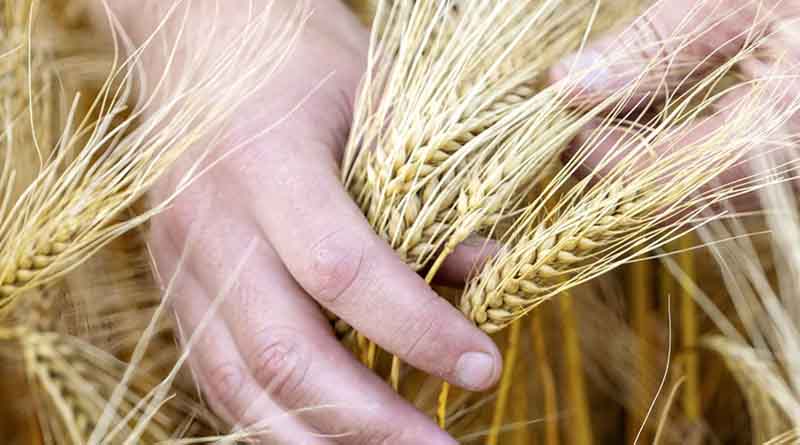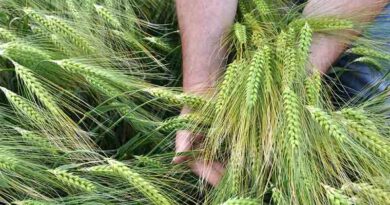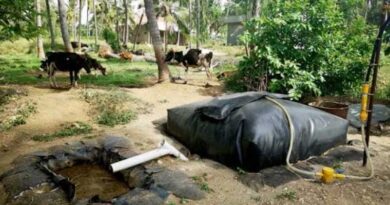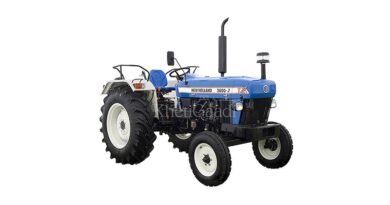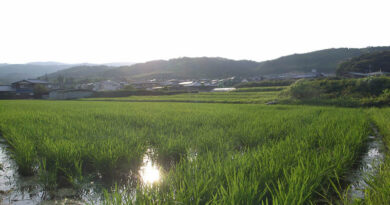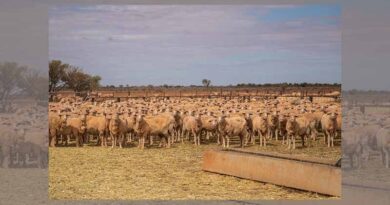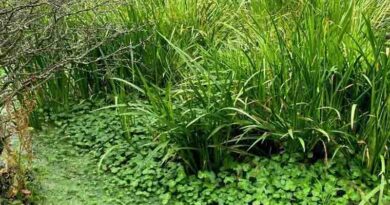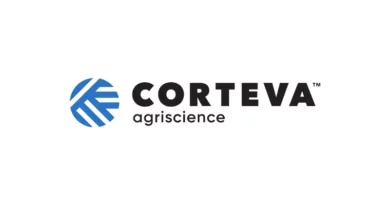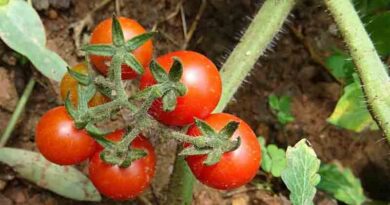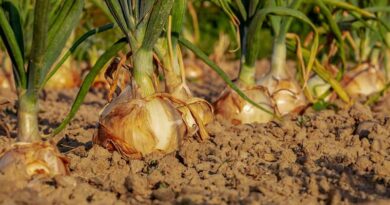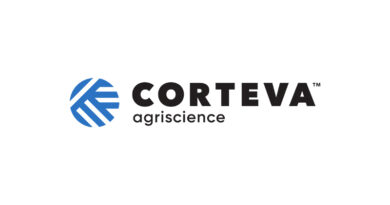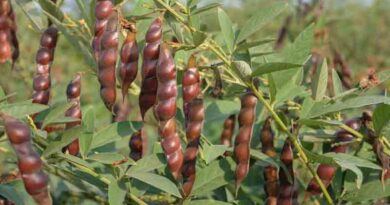Farming with a hybrid AD plant approach
25 August 2023, UK: A 1,000 ha enterprise on the south bank of the River Tay, as well as hosting a broiler unit raising 2.5 million chickens a year, Peacehill Farming also runs a 2.7 megawatt anaerobic digestion (AD) plant producing 27-30,000 cubic metres of biogas per day.
In a cyclical relationship, digestate from the AD plant then goes back onto the land – helping to boost fertility and organic matter on the farm’s light to medium soils for a range of crops.
“The AD plant started six years ago,” explains Hamish Knottenbelt, arable farm manager for the business.
“The farm at the time was looking at ways of reducing energy inputs by generating its own electricity, but realised it was sat on a gas main. Gas from the plant now goes straight to the national grid.”
As well as the chicken manure being used as a feedstock in the AD plant, homegrown crops of energy beet – a type of sugar beet more suited to energy production – and wholecrop hybrid rye silage are also included in the ration, Hamish explains.
However another important, albeit unusual crop that is included, making up about 9% of the ration, is mature barley grain. Chiefly this comes from the hybrid winter feed barley, SY Kingsbarn, although spring barley Laureate is also used. The barley grain, which is harvested mature, is lightly milled to make the starch more available to the AD plant’s bacteria.
“We started growing hybrid barley about three years ago,” says Hamish. “We jumped into growing it for the AD plant because we wanted big yields and stiff straw. All 160 ha of our winter barley are in SY Kingsbarn.
“Our average yield for hybrid barley dried down last year was 11.28 t/ha, which is similar to, or even a bit higher than, our winter wheat. But we have had 12.5 t/ha from hybrid barley.
“We also like using the hybrid barley grain in the AD plant because it raises the dry matter of the fermentation, which helps to buffer the release of energy from the beet.”
Without this, Hamish says there can be a surge of energy coming from the beet crop, and the AD plant likes a stable diet. “If we change the AD plant diet, we have to change it gradually over time,” he explains.
“We harvest the energy beet through the winter but we can’t store it during the hot summer months, so we have to wean the plant off it for July, August and September.
“All the digestate from the plant is spread back on our own land, or land that we rent for growing our crops. The other thing we like about the hybrid barley is its straw yield. Our digestate is potash-rich. By removing the straw we can avoid soil potash levels getting too high from the digestate. We sell all the straw to local farmers.”
Hybrid barley and winter wheat are both grown as first cereals after vegetables in the farm’s six-year rotation, and are followed by wholecrop hybrid rye. The land then goes into an over-winter cover crop before planting potatoes, then back into rye, then energy beet. Spring barley is sometimes slotted into the rotation after beet, vegetables or potatoes.
As a way of spreading busy autumn workloads, some of the hybrid barley is drilled very early – around 1 September – then grazed with sheep over winter to stop it growing too proud. The sheep manure also helps with soil fertility, but the main reason for the sheep grazing is canopy management, Hamish explains.
“It’s a management thing so we can get some crop in the ground. The grazing does no harm. It aids tillering and also aids canopy management so the canopy isn’t too big in the spring.
“We can reduce plant growth regulator (PGR) use where we graze, although we still apply PGR to err on the side of caution. By eating the older and dead leaves, the sheep also reduce disease in the crop, leaving clean and new growth.
“Any hybrid barley drilled after 20 September we don’t graze, but the crop that’s planted around 1 September we definitely need to graze that. We’ve grazed for the last three years. It’s a technique that’s becoming more popular.”
For the future, Hamish intends to continue with hybrid barley in the rotation. “I don’t see any reason to change, although I might try other new Syngenta hybrids,” he concludes.
Hybrid barley offers flexible end uses
Katie Norman, area manager in Scotland for hybrid barley breeder, Syngenta, says there is emerging interest in using hybrid barley in AD plants, and this is something Syngenta is keen to explore.
“Hybrid barley gives growers the flexibility of four end uses,” Katie explains. “It can be harvested as wholecrop for use in AD plants, similar to rye, or as wholecrop for feeding to livestock. Alternatively, it can be harvested as mature grain for AD plants, as Hamish is doing, or as mature grain for animal feed.
“For the latter use, newer hybrid barley varieties offer improved specific weight. The new hybrid barley SY Nephin, for instance, available for this autumn, has a specific weight of 71.4 kg/hl on the AHDB winter barley Recommended List (RL) for 2023-24, which is better than all but a few other winter barleys.
“SY Nephin also brings growers a very high Rhynchosporium resistance rating of eight on the RL. As we saw with this season’s non-stop April rain, Rhynchosporium flares up rapidly in wet conditions. So good Rhynchosporium resistance is an important first line of defence.”
Usefully, hybrid barley also comes backed up with research showing that it is very competitive against ryegrass, certain brome grasses and black-grass, which are increasing problems in parts of Scotland, Katie says.
Also Read: Viterra receives first public environmental, social and governance rating
(For Latest Agriculture News & Updates, follow Krishak Jagat on Google News)

